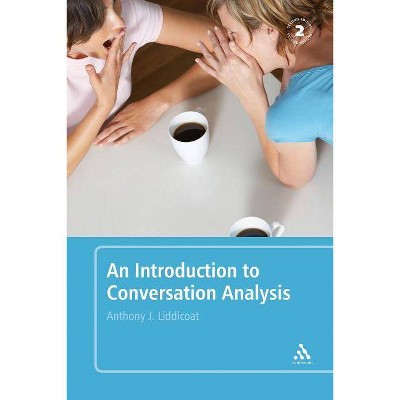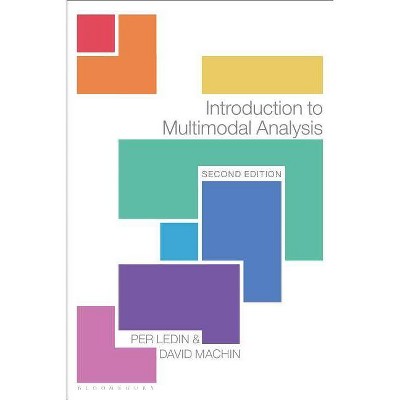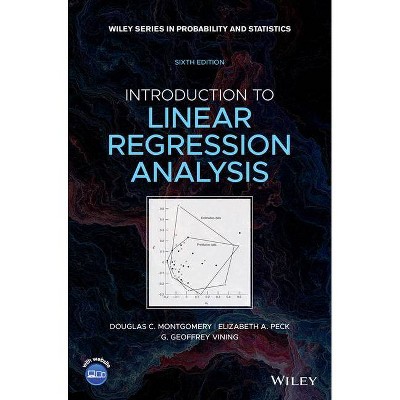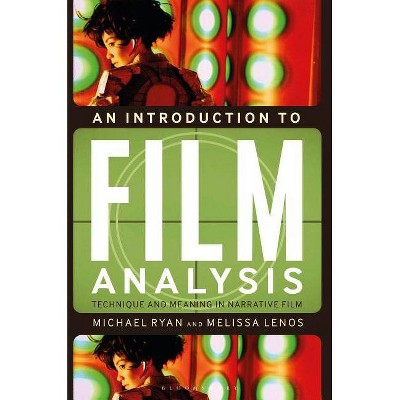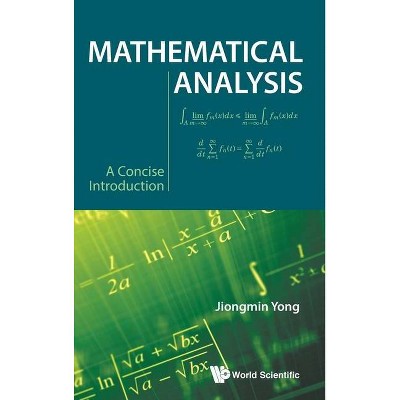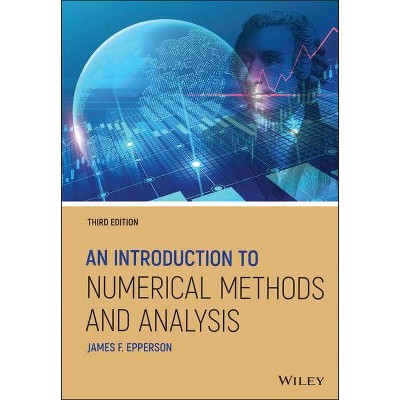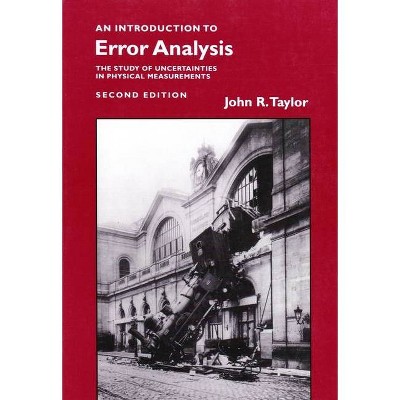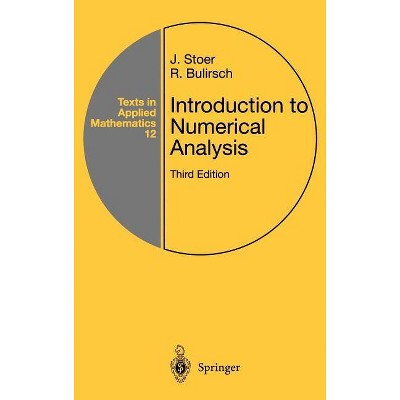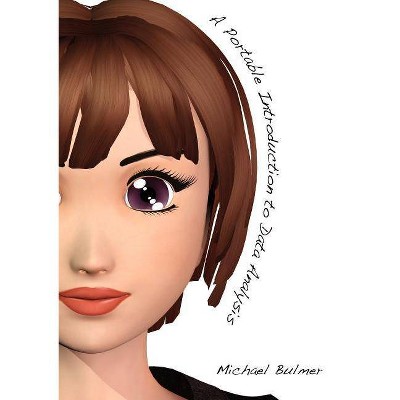An Introduction to Conversation Analysis - 3rd Edition by Anthony J Liddicoat (Hardcover)
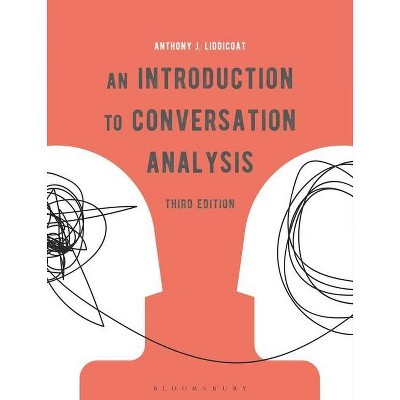
Similar Products
Products of same category from the store
AllProduct info
<p/><br></br><p><b> About the Book </b></p></br></br>"Conversation is one of the most widespread uses of human language, but what is actually happening when we interact this way? How is conversation structured? How does it function? Answering these questions and more, An Introduction to Conversation Analysis is an essential overview of this topic for students in a wide range of disciplines including sociolinguistics, discourse analysis and sociology. This is the only book you need to learn how to do conversation analysis. Beginning by positioning conversation analysis amongst other methodologies, this book explains the advantages before guiding you step-by-step through how to do conversation analysis and what it reveals about the ways language works in communication. Chapters introduce every aspect of conversation analysis logically and clearly, covering topics such as transcription, turn-taking, sequence organisation, repair, and storytelling. Now fully revised and expanded to take account of recent developments, this third edition includes: - 3 new chapters, covering action formation and epistemics, multimodality and spoken interaction, and written conversation - New topics including online and mobile technology, cross-cultural conversation, medical discourse, and gender - A glossary of key terms, brand new exercises and updated lists of further reading - A fully updated companion website, featuring tutorials, audio and video files, and a range of different exercises covering turn taking, organisation and repair"--<p/><br></br><p><b> Book Synopsis </b></p></br></br><p>Conversation is one of the most widespread uses of human language, but what is actually happening when we interact this way? How is conversation structured? How does it function? <p/>Answering these questions and more, <i>An Introduction to Conversation Analysis</i> is an essential overview of this topic for students in a wide range of disciplines including sociolinguistics, discourse analysis and sociology. This is the only book you need to learn how to do conversation analysis. <p/>Beginning by positioning conversation analysis amongst other methodologies, this book explains the advantages before guiding you step-by-step through how to do conversation analysis and what it reveals about the ways language works in communication. Chapters introduce every aspect of conversation analysis logically and clearly, covering topics such as transcription, turn-taking, sequence organisation, repair, and storytelling. <p/>Now fully revised and expanded to take account of recent developments, this third edition includes: <p/>- 3 new chapters, covering action formation and epistemics, multimodality and spoken interaction, and written conversation<br>- New topics including online and mobile technology, cross-cultural conversation and medical discourse<br>- A glossary of key terms, brand new exercises and updated lists of further reading<br>- A fully updated companion website, featuring tutorials, audio and video files, and a range of different exercises covering turn taking, organisation and repair</p><p/><br></br><p><b> Review Quotes </b></p></br></br><br><p>"This book and companion website are essential resources for researchers, whether they are approaching conversation analysis for the first time or established scholars. In the new edition, Liddicoat covers recent developments in the study of conversation, including written talk and the multimodality of interaction, in a clear, engaging style." --<i>Vincenza Tudini, Senior Lecturer in Italian and Applied Linguistics, University of South Australia, Australia</i> <p/>"His work differs from other books... the understanding of what this methodology is about is as important as the discussion of how to apply it... Liddicoat is so successful in explaining complex ideas and subtle observations in a logical step that I hope many L2 researchers, teachers, and learners will be prompted to examine the significance of taken-for-granted mechanisms that make our everyday interactions work." --<i>Studies in Second Language Acquisition (of the previous edition)</i> <p/>"Provide[s] new students and established scholars alike with a useful toolkit for understanding and analyzing how humans act and organize their acts in the world." --<i>Journal of Sociolinguistics (of the previous edition)</i> <p/>"Although the book is intended for undergraduate and graduate students of sociolinguistics, discourse analysis, sociology, and applied linguistics, anyone interested in analysing talk will find something in this text ... [It is] to the point, engaging, and an excellent reference for applying conversational analysis in any social setting." --<i>Asian EFL Journal (of the previous edition)</i> <p/>"This third edition offers a substantial update. In addition to giving a comprehensive and accessible overview of basic conversation analysis, it addresses key topics on CA's expanded agenda, including the interplay of talk and embodied action, text-based digital communication, and cross-linguistic and cross-cultural comparison. Researchers and students looking for a highly readable introduction to contemporary CA will find this book an outstanding choice." --<i>Gabriele Kasper, Professor of Second Language Studies, University of Hawai'i at Manoa, USA</i></p><br><p/><br></br><p><b> About the Author </b></p></br></br><b>Anthony J. Liddicoat</b> is Professor of Applied Linguistics at the University of Warwick, UK.
Price History
Price Archive shows prices from various stores, lets you see history and find the cheapest. There is no actual sale on the website. For all support, inquiry and suggestion messages communication@pricearchive.us
